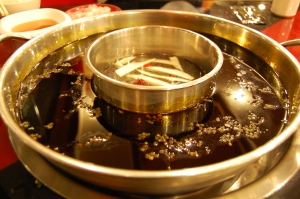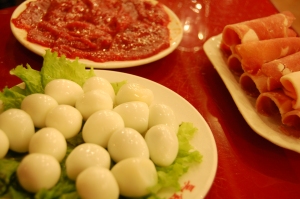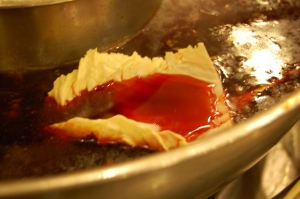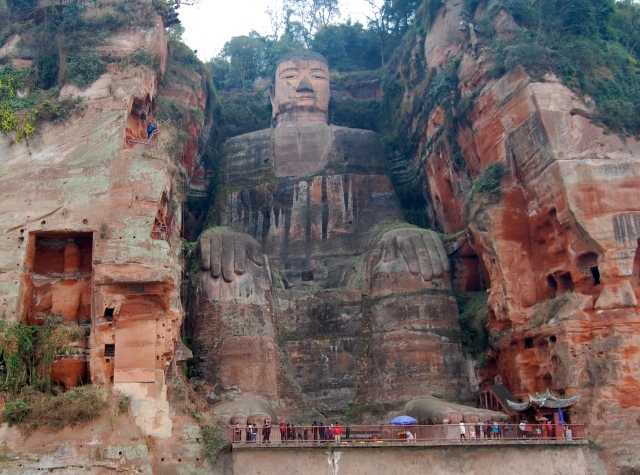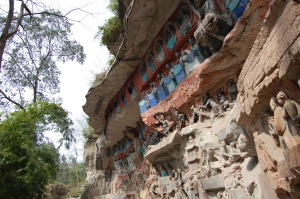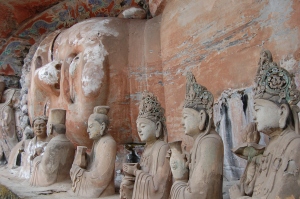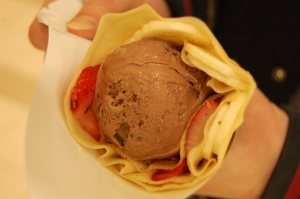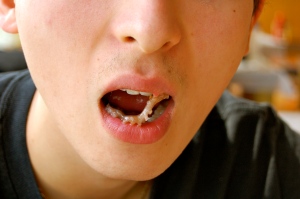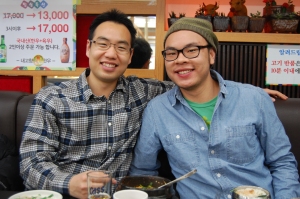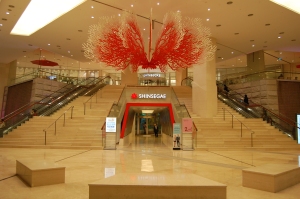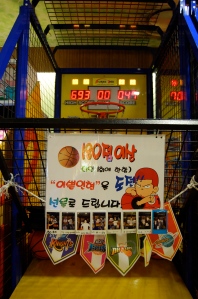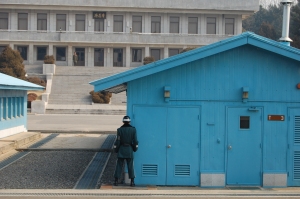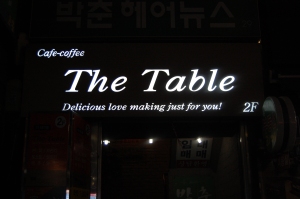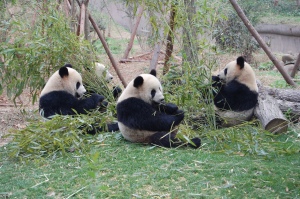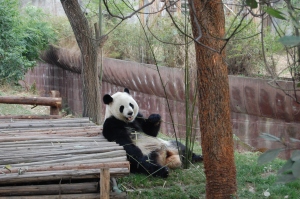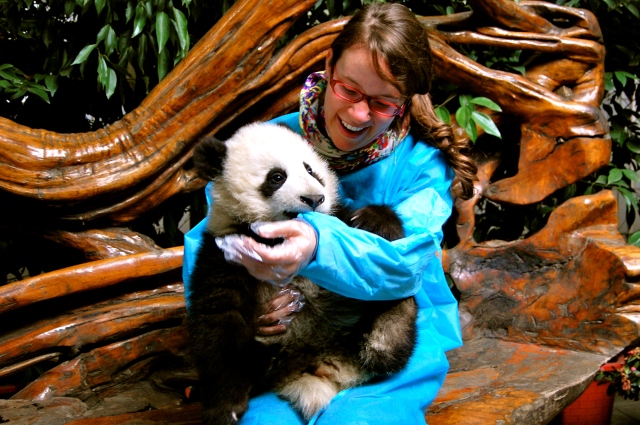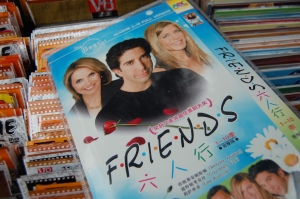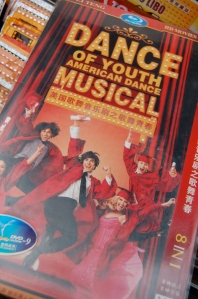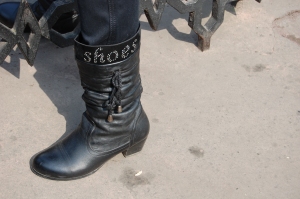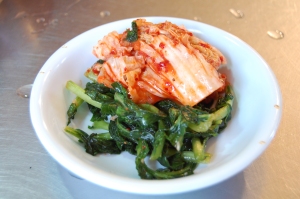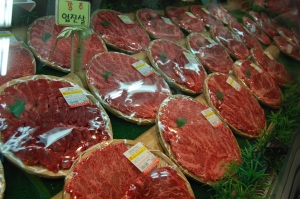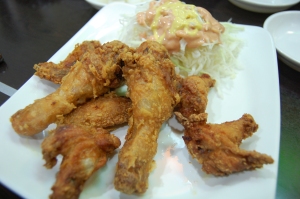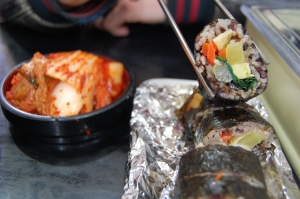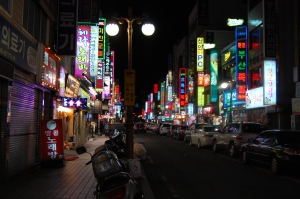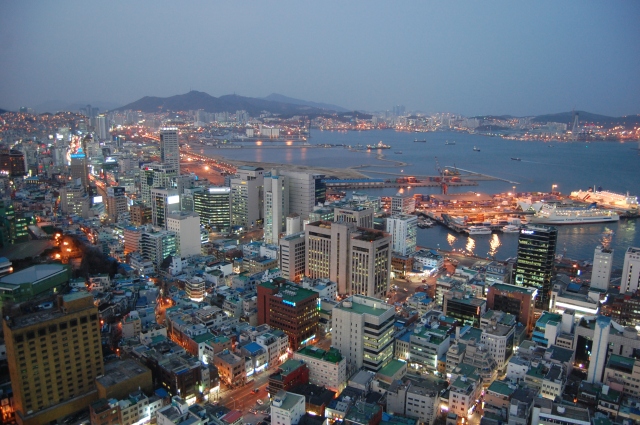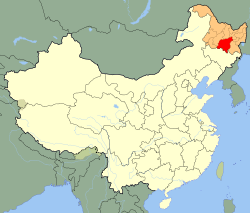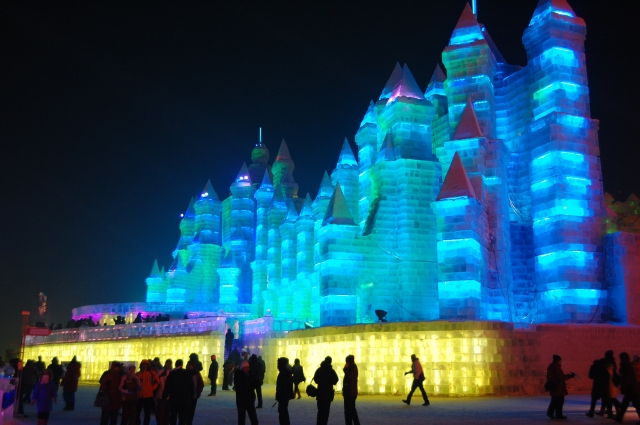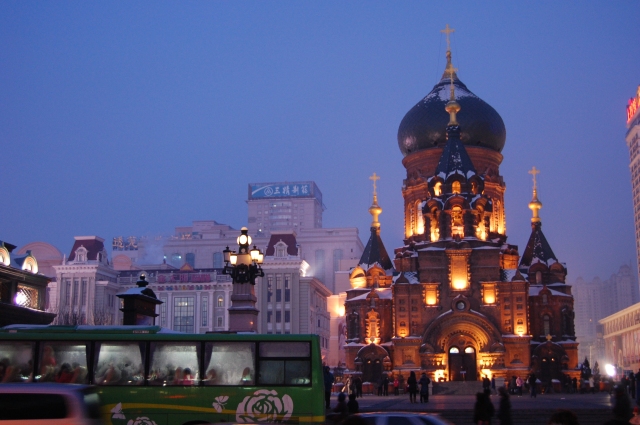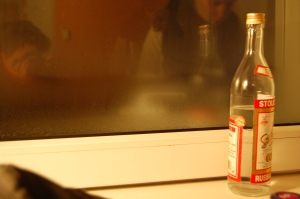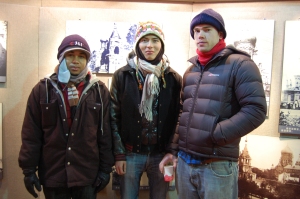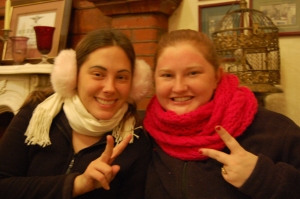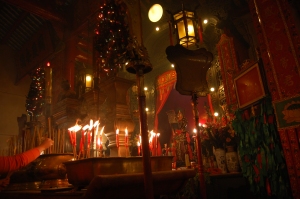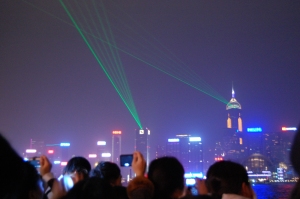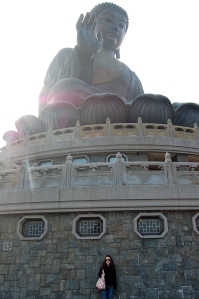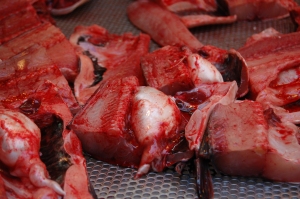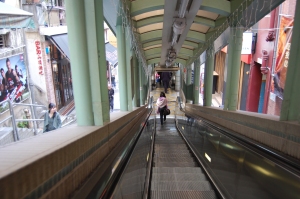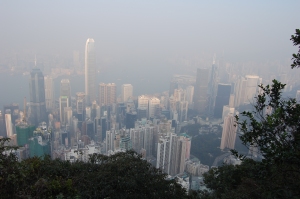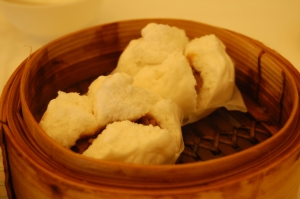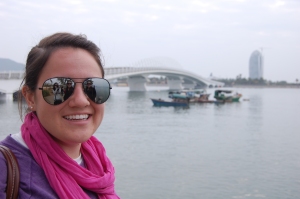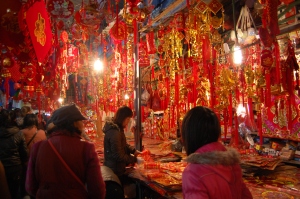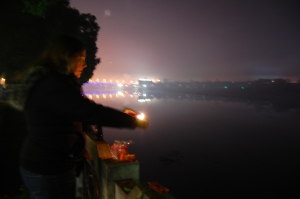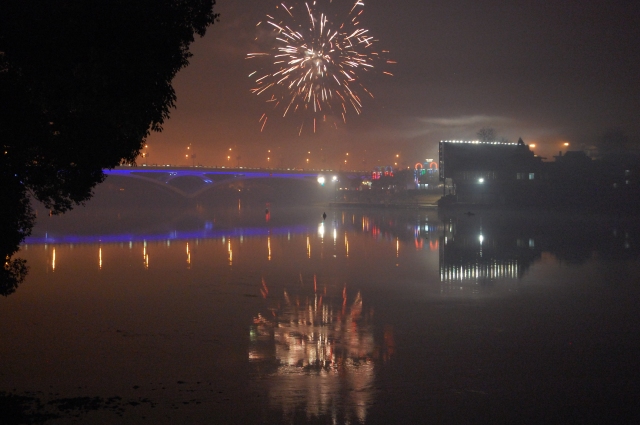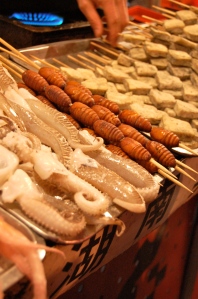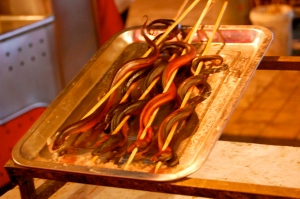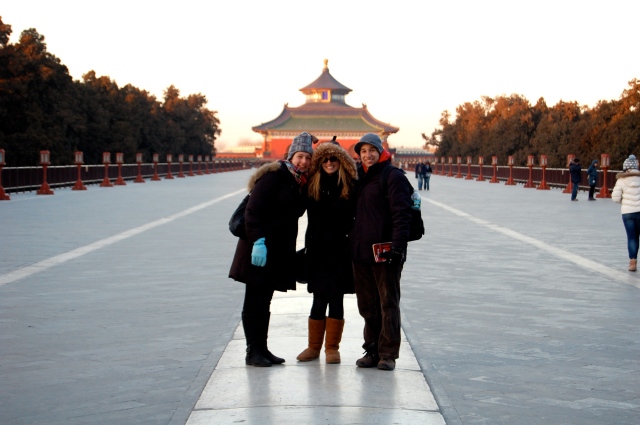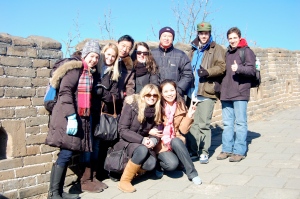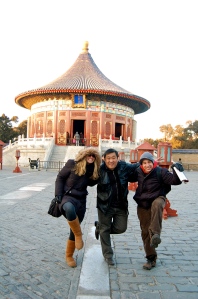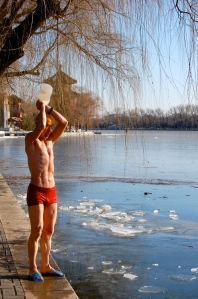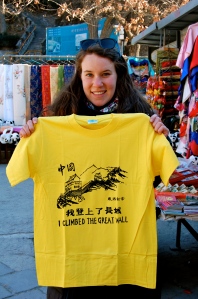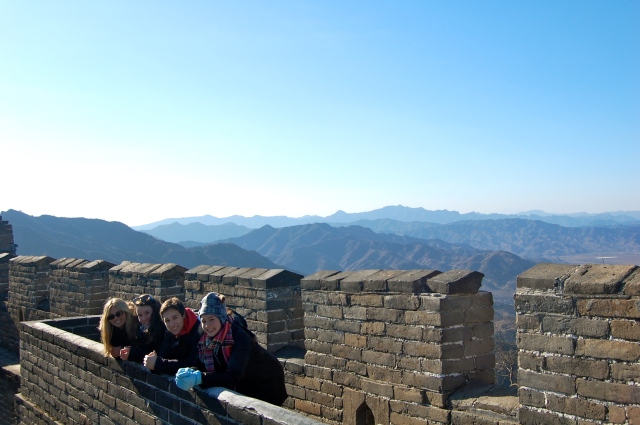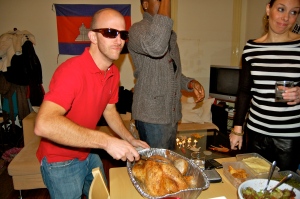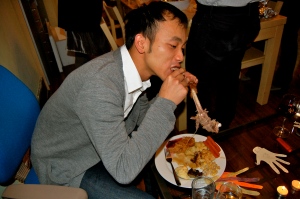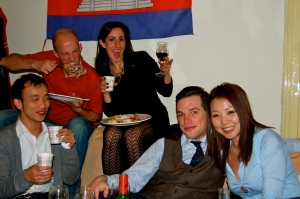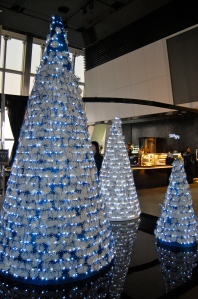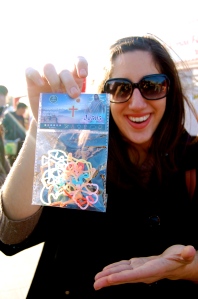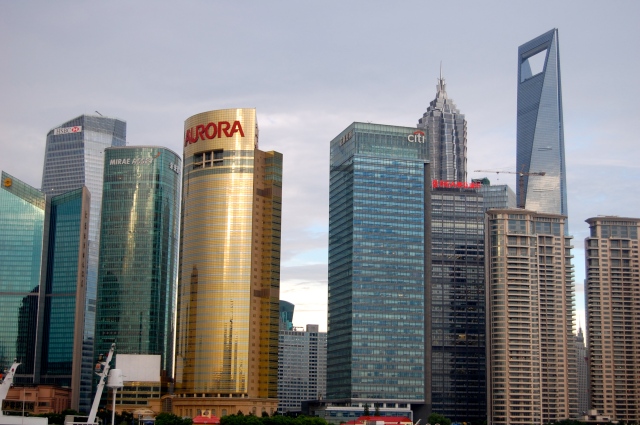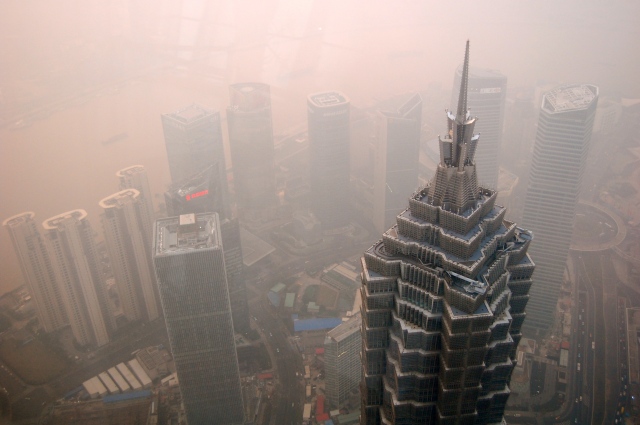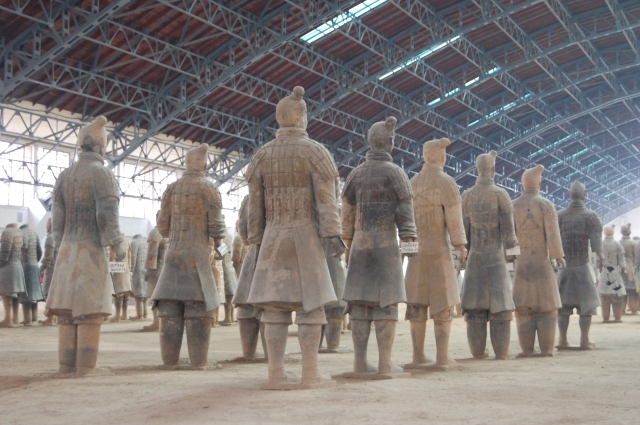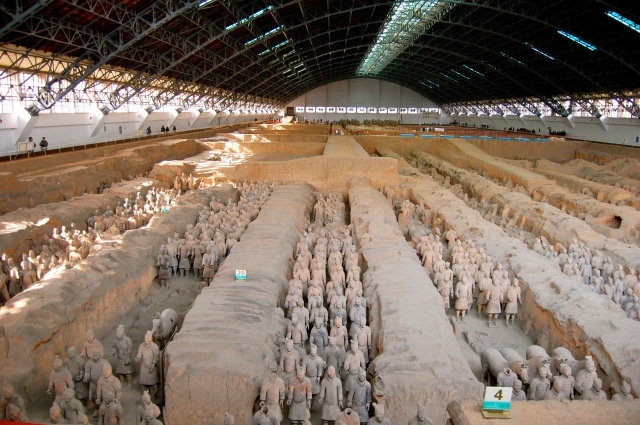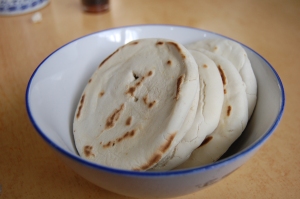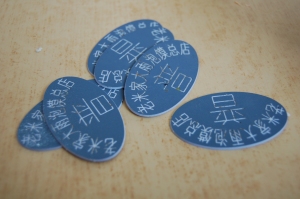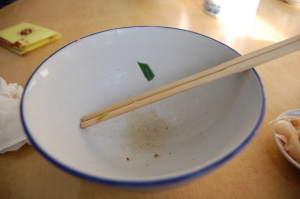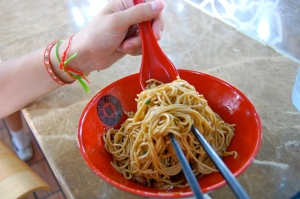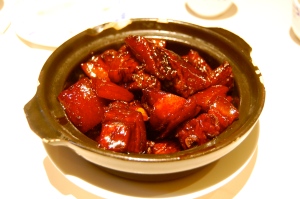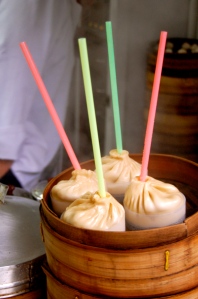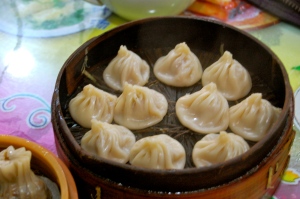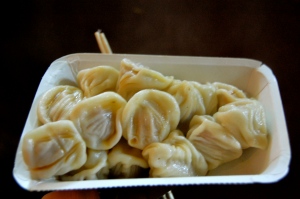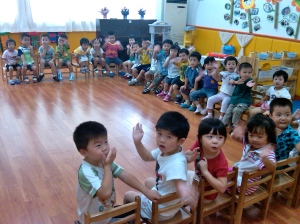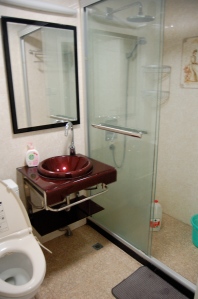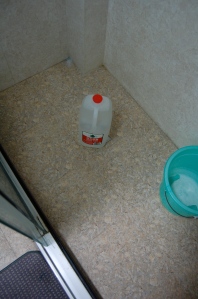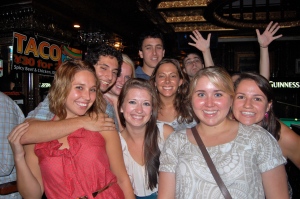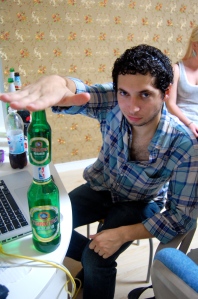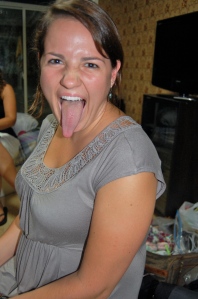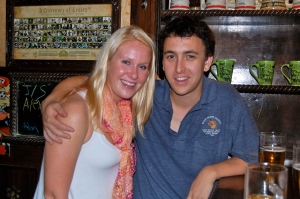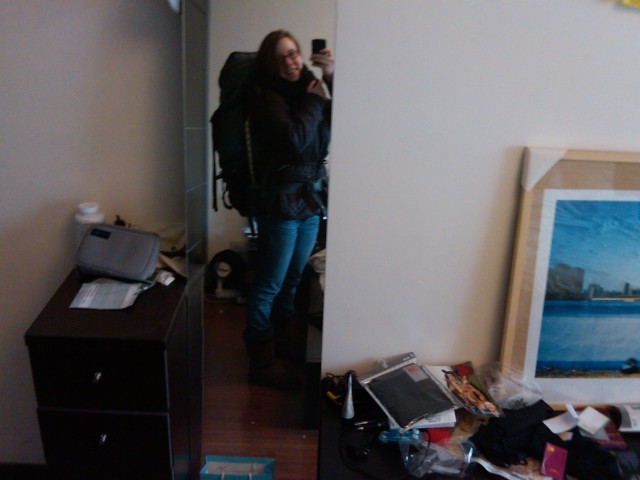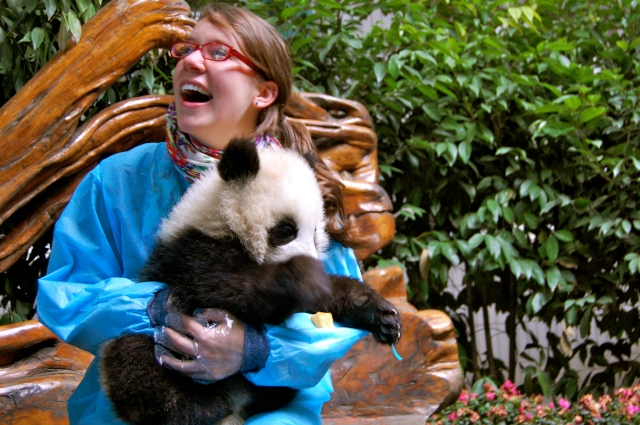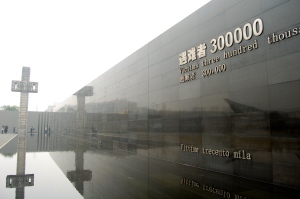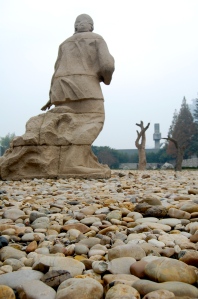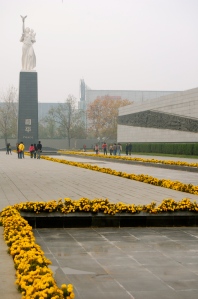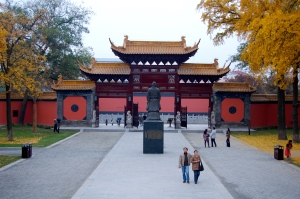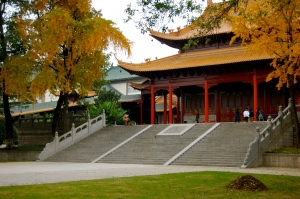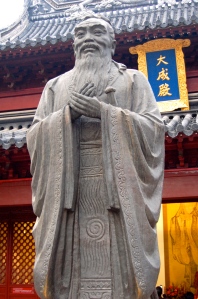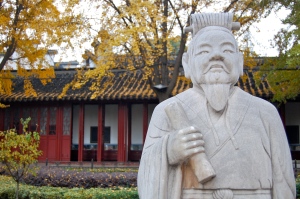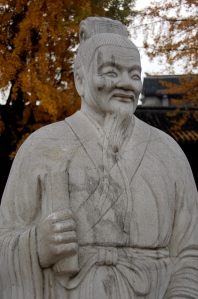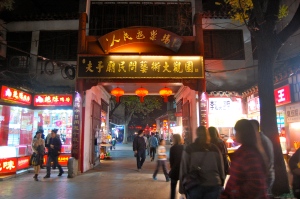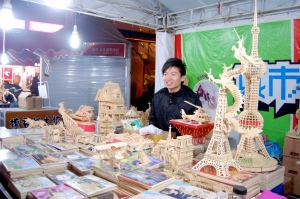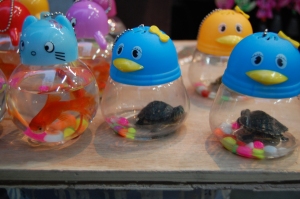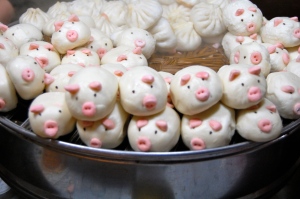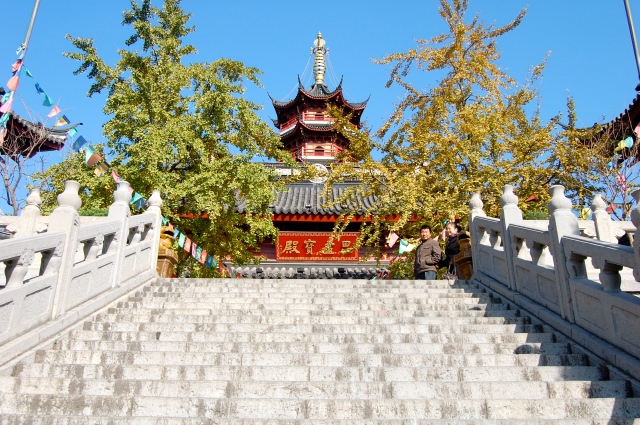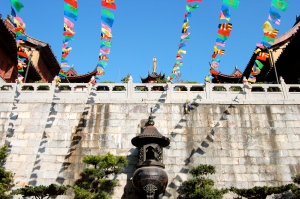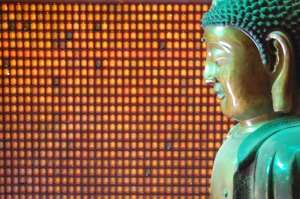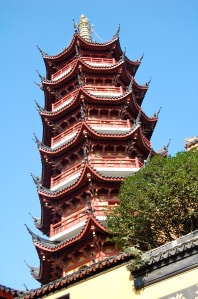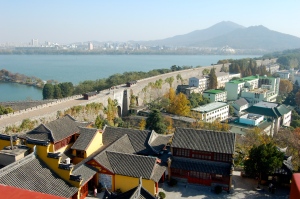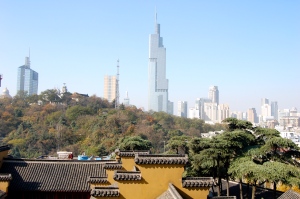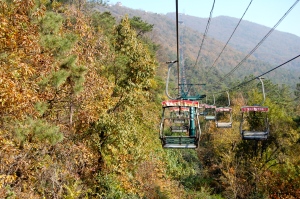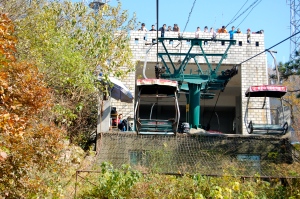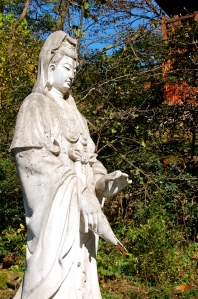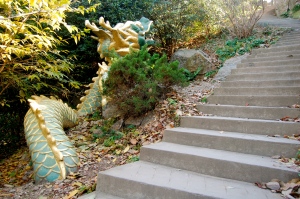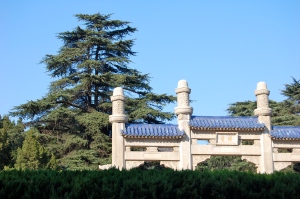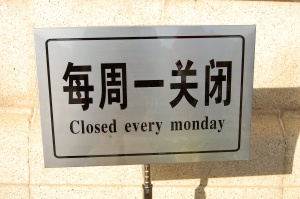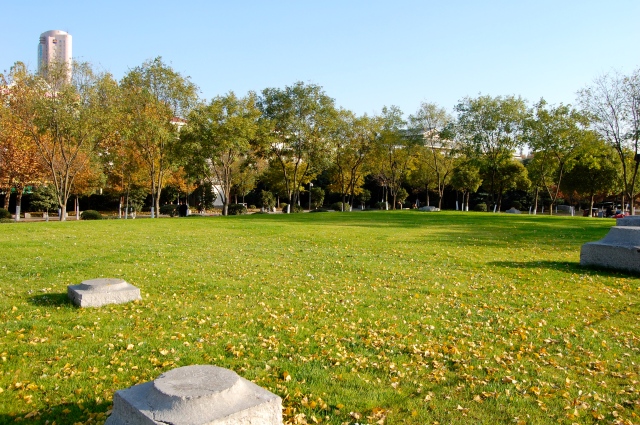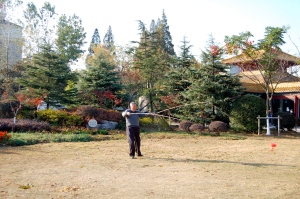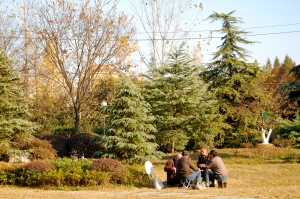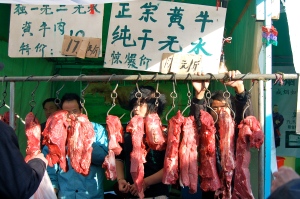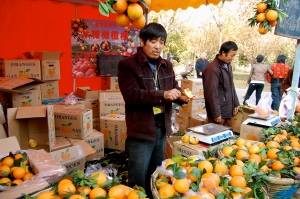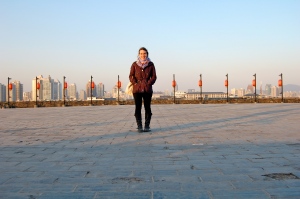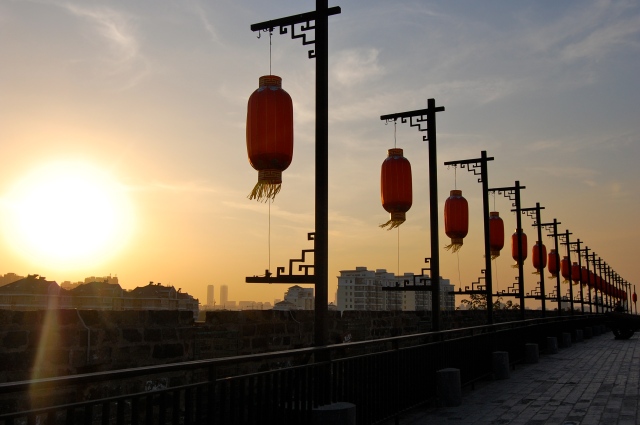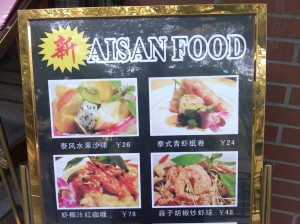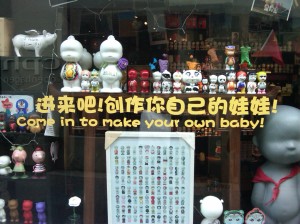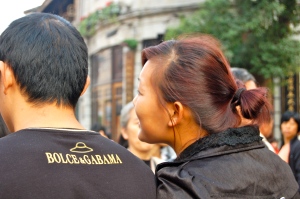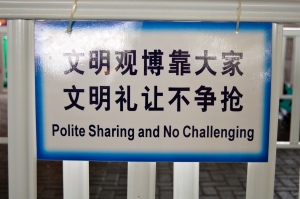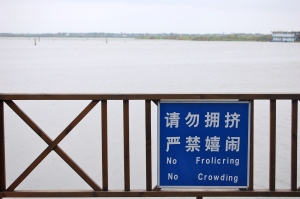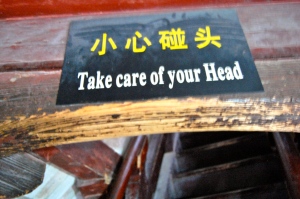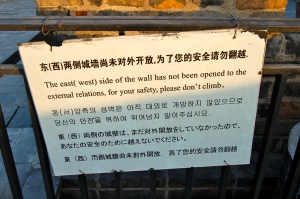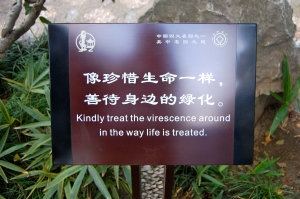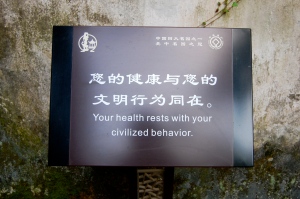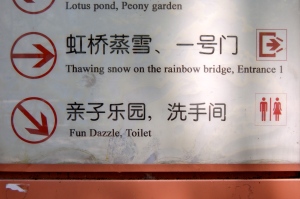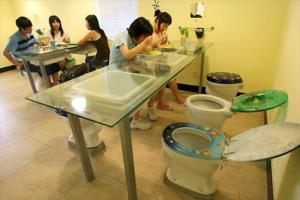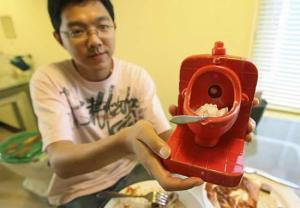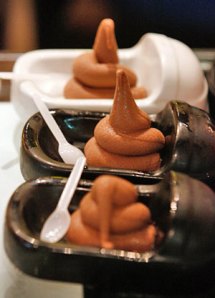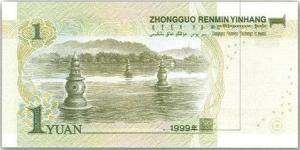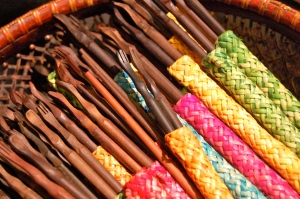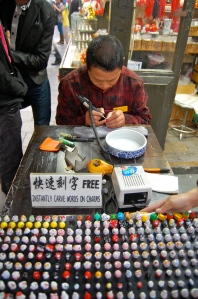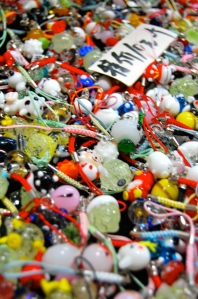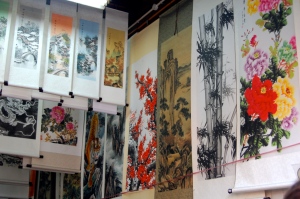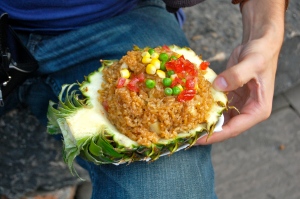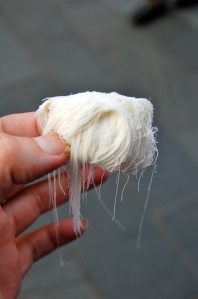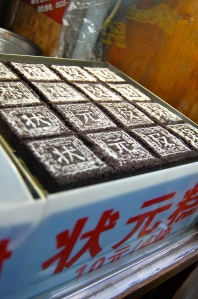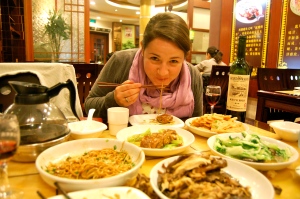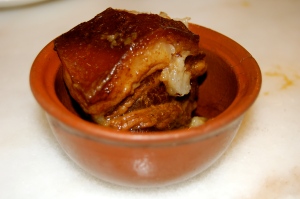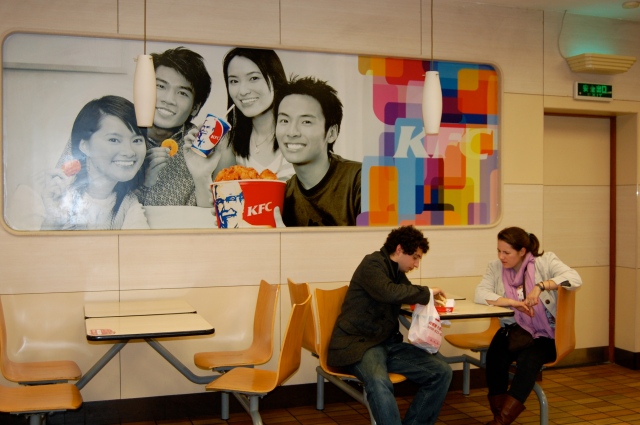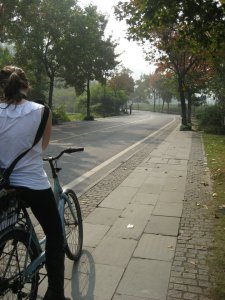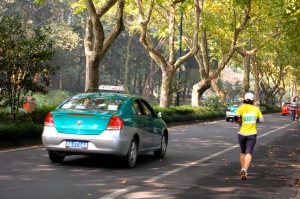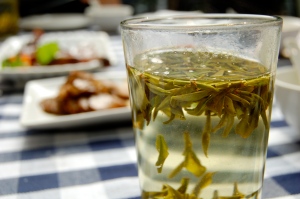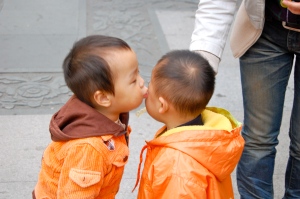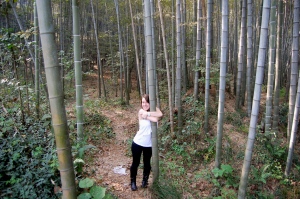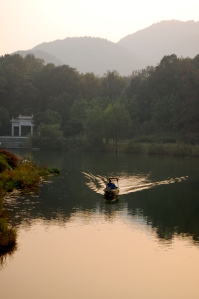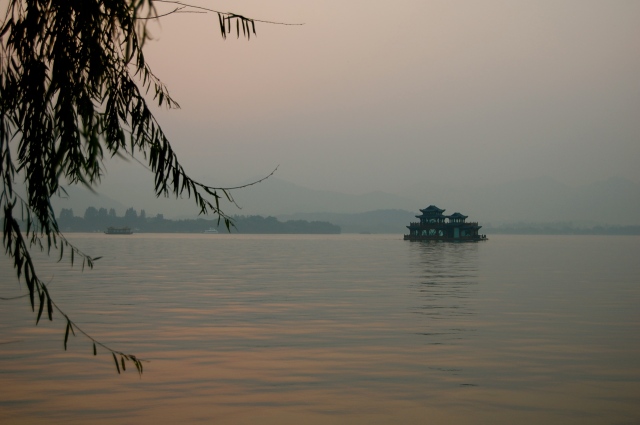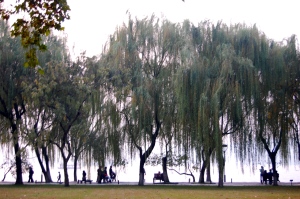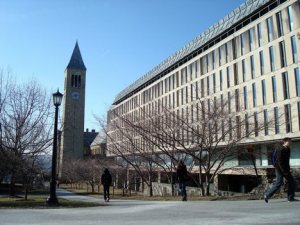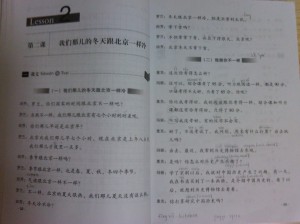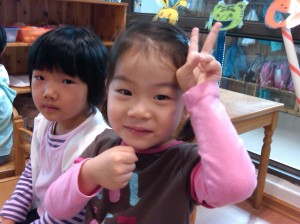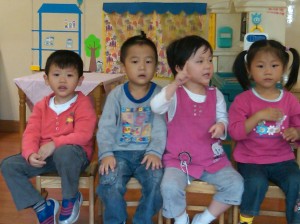DRAGON BACKBONE RICE TERRACES, 龙胜梯田
February 3 – February 4
I do not generally condone superlatives. I don’t have a favorite movie, book, color, song, ice cream flavor, artist, or animal – perhaps it’s a result of my indecisive nature, but I can never seem to pick just one. Still, when I think about the “best parts” of my trip thus far, this destination seems to elbow its way to the forefront of my mind.
It was not easy to get to the Dragon Backbone Rice Terraces. They are three hours north of Guilin, which is a nearly impossible distance to cover the day after Chinese New Year: drivers of both buses and taxis are at home, enjoying the holiday with their loved ones. Still, photos of the terraces had rendered me frantic and determined. There are some places that one can shrug off whilst traveling, whether it be due to funds or weather or a lack of motivation: this is not one of those places. Kate and I decided to join forces (and pool funds) with Ben and Rachel, a couple who currently lives in South Korea: we found a driver who would schlep us for just RMB200, or about $30, apiece. It was overpriced – and worth every penny.

The view from where we spent our first night in the village of Dazhai (大寨), at the beginning of Dragon Backbone's hiking trail.
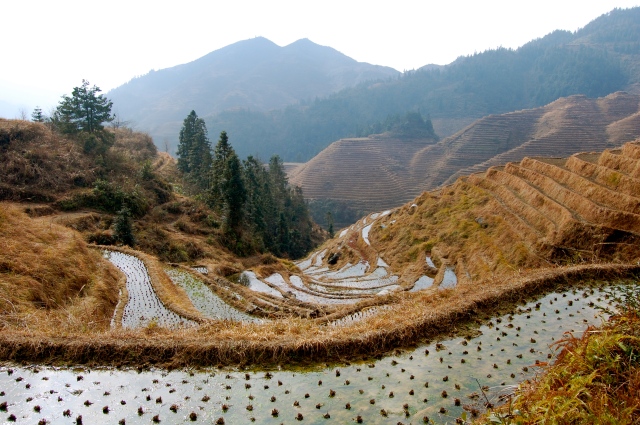
We walked through scenes like this...

... and this ...
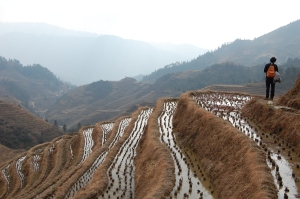
... and this ...
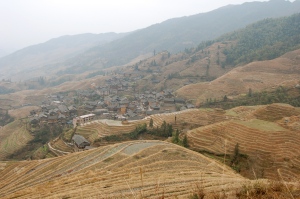
... until we reached Ping'an (平安), the final town of the hiking trail.
Though our timing was a few months off (the terraces are flooded by optimal shades of green and yellow in late spring), the vistas were spectacular. I spent a fair amount of time walking separately from Kate, Ben, and Rachel – partially due to my physical inability to hike (I swear, it’s a condition), and partially due to my desire to replace small talk with personal reflection. I couldn’t help but notice that Dragon Backbone exhibits China’s omnipresent sense of juxtaposition. In Shanghai, it is the new (Pudong) alongside the old (Old City). In Beijing, it is the delicious (Beijing duck) along the not-so-delicious (snake kebabs). Here, it is the natural alongside the unnatural. Other than my own huffing and puffing, the hike was silent. The sun was out, the birds chirped, the wind literally swirled tufts of rice in the water. When I let the rest of my group wander just a few yards ahead of me, I truly felt alone. Nevertheless, evidence of humans was everywhere. The precision of each terrace itself is a testament to human capability; this meticulous carving transpired hundreds of years before the introduction of any applicable machinery. Yep, ladies and gentlemen, this was all done by hand. Think about that the next time you try to draw a straight line!
If you make it to China, Dragon Backbone Rice Terraces should make it to the top of your list. Both its environmental and its manmade qualities will leave you in awe.
YANGSHUO, 阳朔
February 4 – February 9
There is an unspoken code among backpackers in dorm rooms. You might think (or hope, as my mother does) that it’s Keep your distance or Don’t steal people’s stuff, but it’s not: Be neat is the golden rule of shared living space.
Our roommates in Yangshuo, 19 years old and unaware of the existence of any rules, had unfortunately not yet learned this lesson. When we arrived at our hostel, exhausted from a day’s worth of travel and hungry from a day’s worth of nothing but bananas, we were welcomed by an atrocious scene:
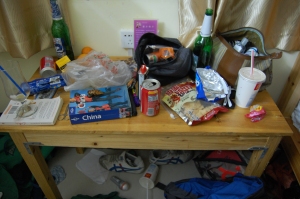
Food everywhere

Clothes everywhere
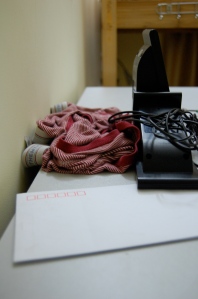
Boxers - truly everywhere.
Before setting out on my travels, I’d predicted that I’d meet dozens of fellow backpackers, each of whom would be somewhat like me. We’d wear baggy pants and speak broken Mandarin and sightsee and drink beer and laugh at similar jokes, then exchange information and go our separate ways.
I was (for the most part) mistaken. While I have met a handful of people with whom I intend to keep in touch, I’ve also encountered my fair share of schmucks: people who know it all, people who have seen it all, and people who won’t stop talking about either. I generally manage to see the positive in meeting this kind of person, as each one is still an outlet for exchanging anecdotes and advice. Nevertheless, I struggled to find any positivity in meeting our roommates in Yangshuo. They were a particular sort of shmuck, one that really rubbed me the wrong way (I think most people would have a similar reaction. After all, in addition to trashing our room, they also stormed back – wasted drunk – two times throughout the night. Firstly, to try to steal our pillows while we slept; secondly, to put their friend, who had cracked his head open and received several stitches, into his bed. Did I mention the friend was naked?)
Still, there are some places that not even dirty, drunken, immature boys can ruin: Yangshuo’s Moon Hill, beer fish, and karst peaks made it a definitively worthwhile detour.
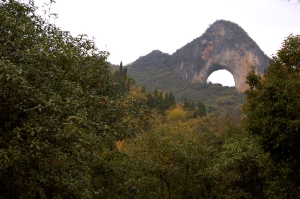
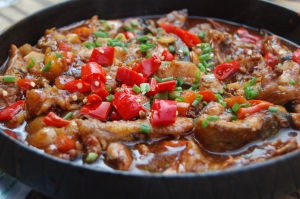
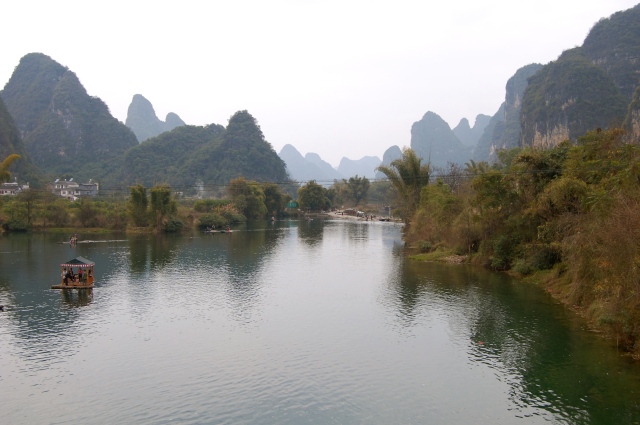
KUNMING, 昆明
February 9 – February 12
After a bus from Yangshuo and an overnight train from Guilin, Kate and I finally arrived in Kunming. Foreigners are not a rare sight in Kunming, the capital city of Yunnan Province;
– it has a mild climate,
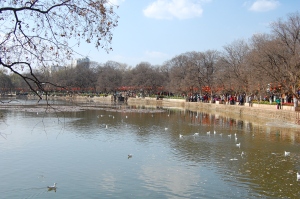
– a nearby “forest” of unusual stone formations,

– typical, yet always entertaining, couple’s tees,
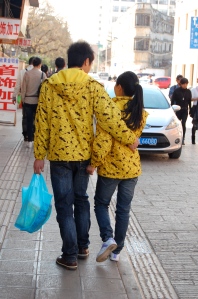
– and puppies for sale on many a street corner.
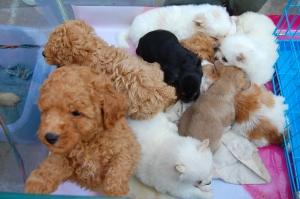
Perhaps I was exhausted from the journey from Yangshuo (or, I may have been nauseous from the previous night’s foray into the world of unique Chinese Oreo flavors),

Peanut butter and chocolate Oreo's: mmmmm
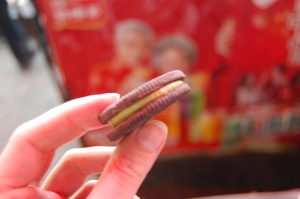
Green tea ice cream Oreo's: hmmmmm
… but I simply didn’t find much to say about Kunming. Ultimately, I’ll remember it best as a place to wind down and plan for the exciting destinations ahead. Some cities on a travel itinerary will mesmerize a spectator, while others will make a negative impression. For me, Kunming did neither: it merely fell, quite unforgettably, somewhere in the middle.
TENGCHONG, 腾冲
February 12 – February 16
When Kate and I realized we had a few extra days in our itinerary, we decided to visit Tengchong. Many busloads of Chinese tourists regard the city’s hot springs and volcanoes quite highly, yet it remains generally unvisited by westerners. I initially struggled to understand why, but found a probable answer during our overnight bus ride; Tengchong is most commonly reached by a ten-hour drive along a twisting, turning, unlit, unpaved, and unpleasant road.
The journey was worthwhile. Kate and I climbed the region’s highest volcano and strolled the edge of its crater.
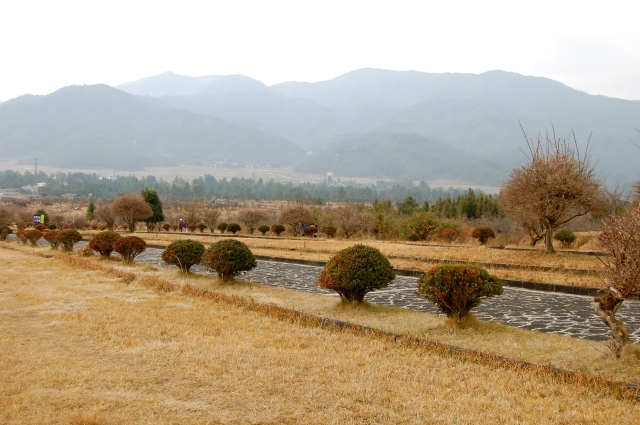
We even indulged in an afternoon at the local hot springs, complete with matching pajamas,
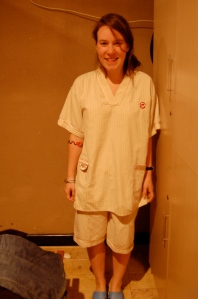
bottomless snacks,

and dozens of pools.

The springs were infused with everything under the sun, from tea leaves to aloe vera to local alcohol to sandalwood.
The extravagance cost us each approximately RMB300, or $45 USD; it may be a cheap price for what similar services would cost at home, but it equaled almost two weeks of accommodation in southwest China. I suppose there are certain times when backpackers use the currency conversion rate to their advantage; Valentine’s Day in a luxurious spa is one of those times!
Still, I’ll always associate Tengchong with my first incident of truly frightening overland transportation. As the driver zipped along at an unnecessarily high speed, I wondered: Is he on a deadline? Does he have to pee? Is he even awake? And most frustratingly, What can I even do about it? Since then, I’ve endured several other rides during which I’ve debated chastising such a driver; when my courage inevitably wanes, I have genuinely wondered how my parents would find out about an accident.
This is one of the most unfortunate truths in off-the-beaten-path destinations: a lack of crowds often directly correlates with a lack of infrastructure, and therefore, a lack of choice. There are no planes or trains or boats to Tengchong; private taxi drivers are not revered for their responsible driving techniques, either. So, public bus – and nightmares of falling into a ravine – it is. After all, unless you have a staunch fondness for missed opportunities (read: missed spa days), you can’t base travel decisions on the disasters that may or may not unfold.
DALI, 大理
February 16 – February 19
Several decades ago, the old town of Dali was touted as the “original backpacker’s destination”. Today, visitors continue to crowd the streets. They traipse along the old city’s walls, taking breaks at western coffee shops…
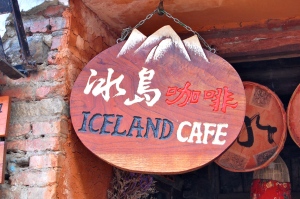

… in between frantically snapping photos of the misworded signs,
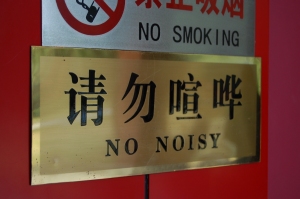
the nearby scenery,


and the famed Three Pagodas.

And, the vast majority of the time, each person is carrying the exact same guidebook: it’s blue, it’s $30USD a pop, it’s … Lonely Planet.
These are the ingredients for a town that repels me. I do not enjoy feeling as though my itinerary or my experience is a result of mass-production; I do not enjoy visiting sites that are flooded by Lonely Planet tourists; there are times when I do not even enjoy passing a fellow foreigner on the streets of a small town. I pride myself on originality. This, of course, is pure hypocrisy. I am not original. Though my current lifestyle is drastically different from those of my loved ones at home, I’m far from alone on this path; there is always a foreigner who has beat me to my destination, whether by a few hours or by a few years. I am, simply put, just another backpacker. After all, I – using a fork – devoured the salad that is photographed above; I laughed at the sign; I posed in front of those majestic pagodas. I have even fallen asleep with my copy of Lonely Planet on more than one occasion.
And why not? As outsiders in a very foreign place, we all need input so as to best take advantage of our time here. Lonely Planet may lead us all to the same cafes and sites, but we follow their lead because we’re lost without it. Furthermore, the bulk of the most “touristy” destinations are highly visited for a reason: Dali is quaint and beautiful, regardless of how many tourists are passing by. I suppose that the next time I pass a fellow Lonely-Planet-er, I should simply overcome my pettiness, smile, and coordinate dinner plans for the next destination on our matching itineraries.
SHAXI, 沙溪
February 19 – February 21
In another effort to diverge from the predictable Dali-to-Lijiang-to-Shangri-la route, Kate and I made a pit stop in Shaxi. Not only is it conveniently located between Dali and Lijiang, but it also holds great historical importance: it was a crucial stopover on the ancient Tea-Horse Road (Completely independent of the ancient Silk Road, this set of paths is worth some research). What’s more, the most popular guesthouse offers a hearty dinner and free playtime with two dogs!


Given these attributes, I was pleasantly surprised to find that Shaxi has remained relatively intact. The town is run by and for locals: there are no more than two or three tourist shops, restaurants, and guesthouses. Even the owner of our hostel (the anti-Jane, if you will) seemed amazingly detached from China’s whirlwind of tourism. She offered us discounted rates, free maps, and a detailed route up the nearby Stone Treasure Mountain.
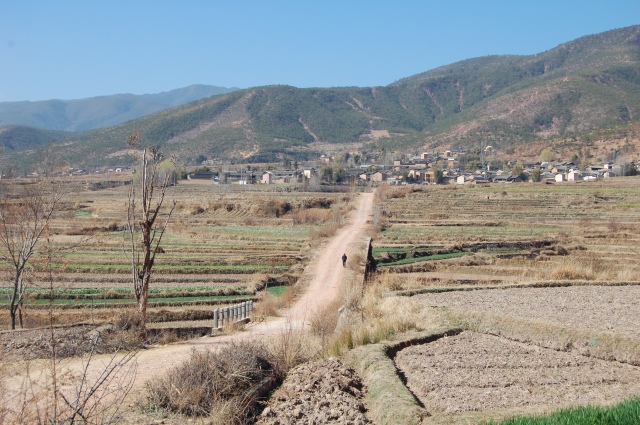
For the first time, we utilized the freedom that a backpacker enjoys: we simple pushed back our itinerary and spent another day in Shaxi. Isn’t life grand?
LIJIANG, 丽江
February 21 – February 23
Sometimes, the rewards that you reap from visiting a new place are right in front of your eyes.
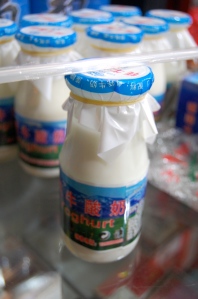
Yak yogurt is available at nearly every storefront. It’s delicious and nutritious!
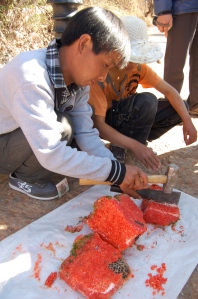
The local honeycomb, bright red and satisfyingly sweet, is also widely available.

Local women sell reasonably priced and brightly colored scarves in every corner of the Old Town.

The scenic Black Dragon Pool is just a ten minute walk from the main square.
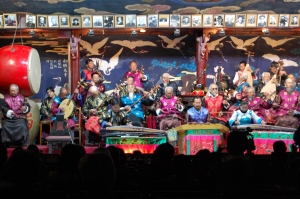
This troupe of traditional Naxi music performers puts on a show every night of the week. One musician was 99 years old!
Other times, however, the rewards are much greater when you put in the energy to uncover them yourself. For our second day in Lijiang, one of China’s most notoriously touristic areas, Kate and I left. We decided instead to visit the nearby – and much quieter – village of Baisha.
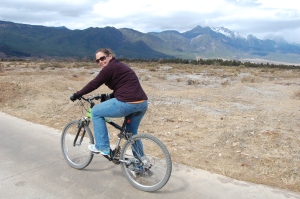
Unthreatened by speeding cars and unstopped by old town boundaries, Kate and I truly enjoyed this bike ride.

We passed scenery that certainly competed with, if not surpassed, that of Black Dragon Pool.
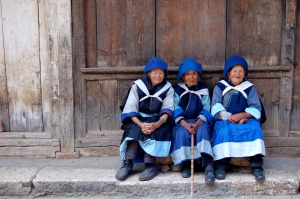
We did our best to interact with these ancient women; even though they live just an hour’s bike ride from Lijiang, they speak no Mandarin at all!
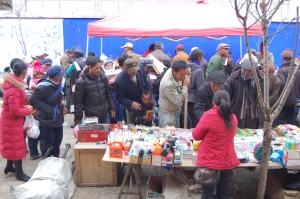
We allowed ourselves to be jostled through the daily market by throngs of locals; though I’ll never adjust to the Chinese mentality of simply pushing someone out of your way, I did enjoy the lack of foreigners and (other people's) cameras.
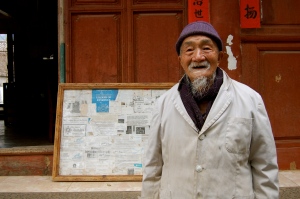
We consulted with Dr. Ho, a specialist in Chinese medicine who happily showed us dozens of international newspaper clippings that cite his name. Weird, but true.
In the end, our extra effort to visit Baisha – which included bicycle mishaps and wrong turns – made our time in Lijiang much more unique and memorable.

Kate fixing her bike's chain for the second time that day.
Like I’ve said: sometimes, the price is just right.
TIGER LEAPING GORGE, 虎跳峡
February 23 – February 25
Tiger Leaping Gorge is a strikingly beautiful place. Hiking along either the low path (a paved road that can be completed in about two hours) or the high path (a rocky trail that can be completed in about nine hours) will offer uninterrupted vistas of its magnificence. These are the kind of views that, when photographed, look as though they must have been enhanced; trust me, they are not.
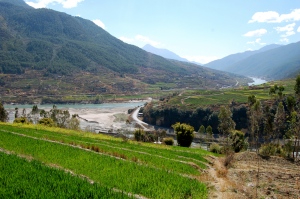
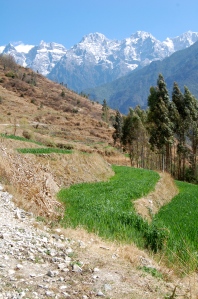
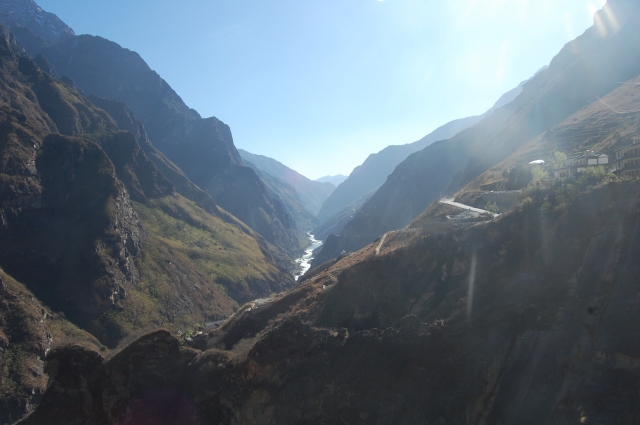
Kate and I fell victim to delusions of our own grandeur; we decided to tackle the high path. We spent ten hours trudging up hills, wading through streams, and snapping hundreds of photos (it goes without saying that I am not one to believe in photography’s detraction from the experience of travel; I am grateful for the memories). Our time was wholly uninterrupted, with two exceptions:
1) A HERD OF GOATS: Unaccompanied by an owner or shepherd, they had decided that this spot of shade was too good to pass up. Unfortunately for us, the area directly intersected with our trail. Did you know that goats have tiny, beady, and terrifying eyes?
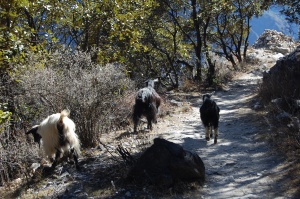
I mustered up the courage to take this low-quality photo after the goats decided not to attack us.
2) A SPRIGHTLY GROUP OF KOREAN TOURISTS: Outfitted with specialized gear and ski poles, they were clearly on a different playing field. Still, they stopped at our guesthouse, conveniently located a handful of hours from the trek’s starting point, to catch their breath and have a few cups of tea.
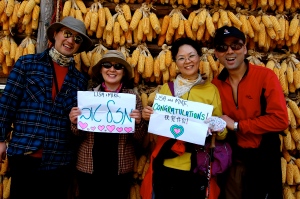
The signs were part of a project I started when Kate and I first began our trip. They’re wishing Lisa and Mike, my newlywed buddies, a hearty congratulations on their engagement!
At that point in time, Mickey and I had just started planning our later trip to South Korea; I was thrilled to bump into these tourists. My excitement grew even more when I realized that all four had mastered not only English, but also Mandarin.
Using a convoluted blend of the two languages, we spoke for about twenty minutes. They touted their national cuisine and taught me how to congratulate my friends in Korean…
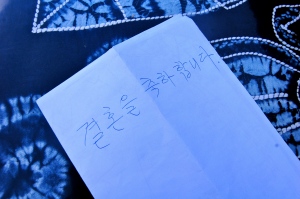
… I then answered the usual questions about my travel experience (a script that I have completely memorized in Mandarin). By the end of the conversation, I was overwhelmed by a shameful question that I recognized from my study abroad program in Italy – why are Americans so inept when it comes to foreign languages?
A large number of the people that I’ve met during my travels, whether in the booming metropolis of Shanghai or the sleepy town of Shaxi, are proficient in Mandarin and a local dialect; some can even get by in English. On the other hand, among my group of college-educated peers and colleagues, few of us can call ourselves conversational in another language. Perhaps this is a result of the fact that English truly is the international language; Americans feel no pressure to learn another one. It saddens me to think that foreign language study may stem from necessity, as I believe that speaking another language opens the door to another culture.
Speaking with the group of tourists made me ashamed to admit how long I’d studied Mandarin for; their levels far surpassed mine. Still, I’m grateful for my varied background in languages, and the conversation left me determined to further develop my skills. Plus, receiving a little bit of Korean candy is never not a good thing.

SHANGRI-LA, 香格里拉
February 25 – February 28
Since leaving my comfort zone in New York, I’ve learned a lot about myself.
First and foremost, I’ve realized that I, like many other people, underestimate myself. I can withstand much more than I’d previously anticipated. Enduring 24-hour bus rides, swallowing impossibly spicy hot pot, herding a nomadic family’s yaks, pronouncing multisyllabic Mandarin words, hiking for ten hours, squatting on a moving train – sometimes these things are annoying, or even painful, but I can do them. Every so often, I can even do them with a smile.
Simultaneously, however, I’ve learned that I do not always underestimate myself. Sometimes, my self-assessments are simply dead on. There are certain traits that I know I do – and will always – possess, regardless of this journey.
Let me give you an example: I hate rats. I understand that, with the exception of mad scientists and a random girl I studied abroad with, most people share a dislike for rodents. But, let me make myself absolutely clear: my emotions surpass “dislike”. I fear them, I dread them, I loathe them with every ounce of my existence. In New York, when dusk approaches, I incessantly scan the sidewalks in anticipation of their appearance. In China, when we check into a hostel, I incessantly scan the walls in search of their secret entryways. After all, my time in Shangri-la taught me that I simply cannot function when a rat may be nearby.
Shangri-la, formerly known as Zhongdian (中甸), was renamed after James Hilton’s fictional land in 2001 as an effort to boost tourism. The goal was achieved: though Dali and Lijiang continue to receive many more visitors, Shangri-la has become a highly frequented stop along Yunnan’s northern tour route. As a result of this newfound popularity, and the fact that our stopover coincided with low season, we found that all of the city’s hotels and hostels were booked. We ended up in a small guesthouse, about 5 kilometers from the edge of town. The setting was picturesque, complete with open fields, grazing sheep, snow-capped mountains, and the occasional prayer flag.
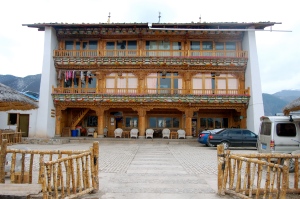
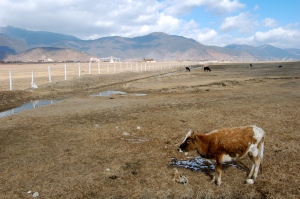
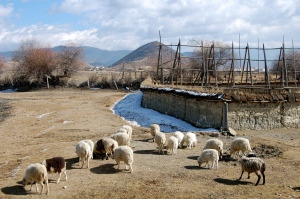
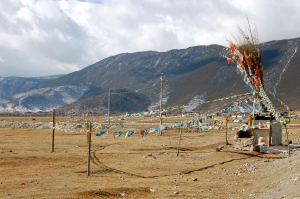
I felt extremely comfortable at such a distance from the town, until I realized I was not the only one: the evening before our scheduled departure, we overheard another pair of foreigners complaining about a rat infestation.
Kate, being the reasonable person that she is, shuddered upon hearing the news; she then went to sleep at a reasonable hour. I, on the other hand, needed to distract myself until I dozed off.
I began by reflecting upon the sites we’d visited in Shangri-la.
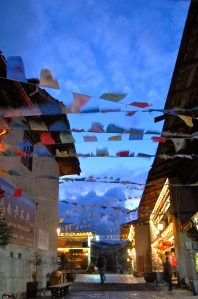
Shangri-la's Old Town
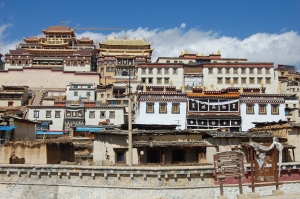
The Songzanlin Monastery, which is lovely in spite of its slight resemblance to a shantytown.
Then, I researched upcoming destinations, confirmed doctors’ appointments, even refolded my laundry. All efforts were futile. The sounds of rats scurrying through the walls – and yes, the sight of them tiptoeing onto a bunk bed – ensured that I did not sleep for more than a few seconds that night. Apparently, all-nighters aren’t as simple of a task just a few years out of college; thoroughly exhausted and unenthused, I wasted the next day of touring.
I do believe I’ve matured throughout the course of this adventure. However, some of my flaws are here to stay. Like I said, I hate rats. Always have, always will.
